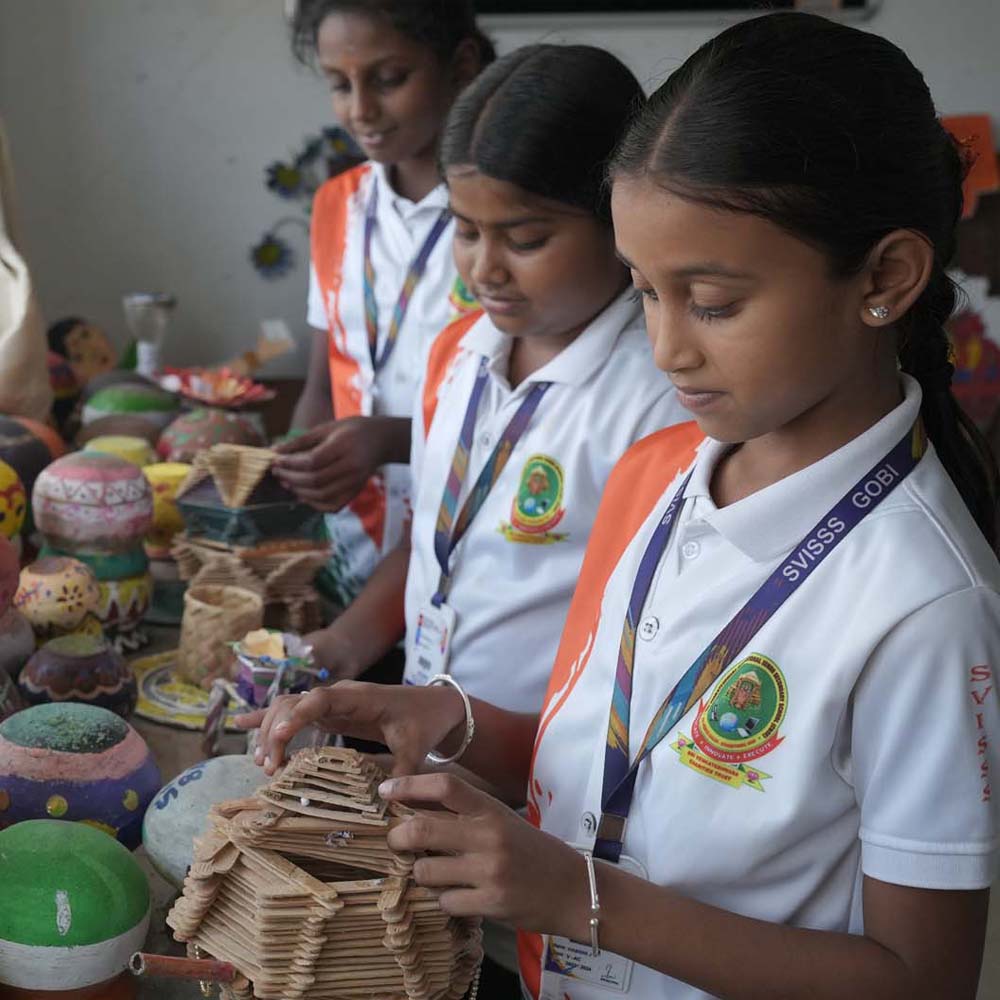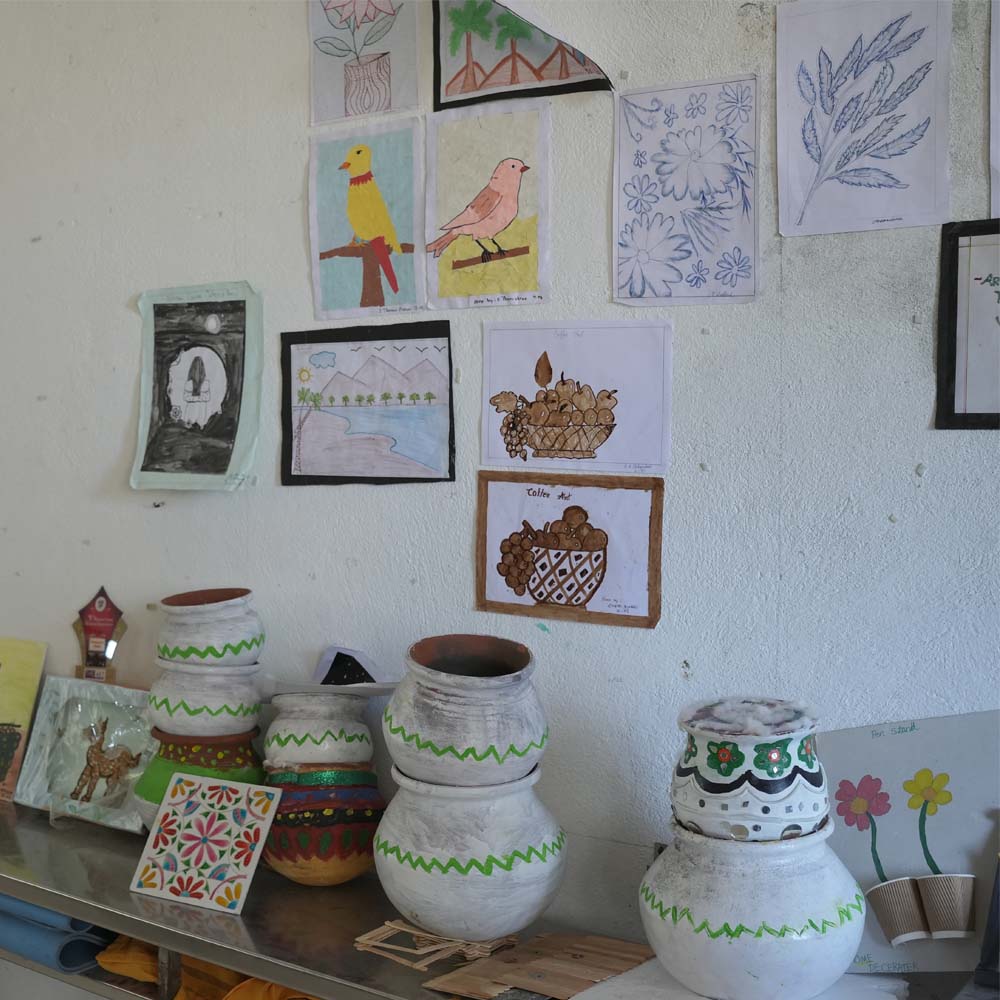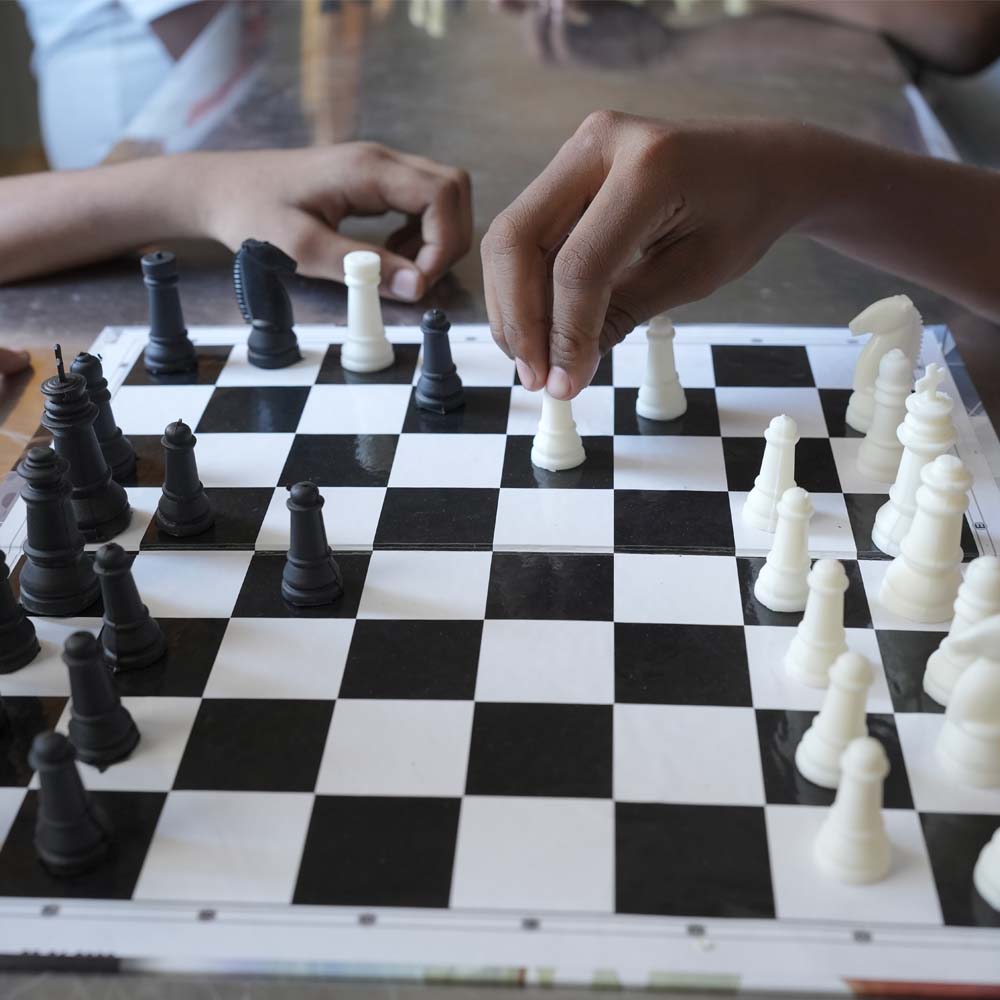Posted by Mrs.Subhashinini
Building a Strong Foundation: Teaching Vocabulary to Primary Students.
SVISSSIntroduction:
Vocabulary is the building block of language, and teaching it to primary students is crucial for their future success in reading, writing, and communication. However, it can be a challenging task, especially for young learners. In this blog post, we'll explore effective strategies and activities to help you teach vocabulary to your primary students and make learning fun and engaging.Strategy 1: Contextual Learning
Teach words in context, rather than isolated definitions. Use stories, videos, or real-life situations to demonstrate how words are used in everyday life. This helps students understand the word's meaning and how to apply it.Activity 1: Word Walls
Create a visual display of new vocabulary words and their meanings. Students can refer to it throughout the lesson and reinforce their learning.Strategy 2: Visual Aids
Use pictures, flashcards, and videos to help student’s associate words with meanings. Visual aids make learning more engaging and memorable.Activity 2: Vocabulary Scavenger Hunt
Hide flashcards around the classroom, and have students find and define the words. This activity encourages active learning and teamwork.Strategy 3: Repetition
Repeat new vocabulary multiple times to reinforce learning. Use games, songs, and chants to make repetition fun and engaging.Activity 3: Charades or Pictionary
Act out or draw words for classmates to guess. This activity promotes active learning and encourages students to use new vocabulary in context.Conclusion:
Teaching vocabulary to primary students requires creativity and engagement. By using contextual learning, visual aids, repetition, and interactive activities, we help our students build a strong foundation in vocabulary and set them up for future success.Mrs.Subhashinini
Primary Teacher
You may also like
Related posts
-
Science In Real-Life Scenarios
How Scientific Concepts Impact Our Daily Lives
-
Science Games And Activities
Making Learning Fun And Interactive
-
Mastering fractions
A comprehensive guide for students


